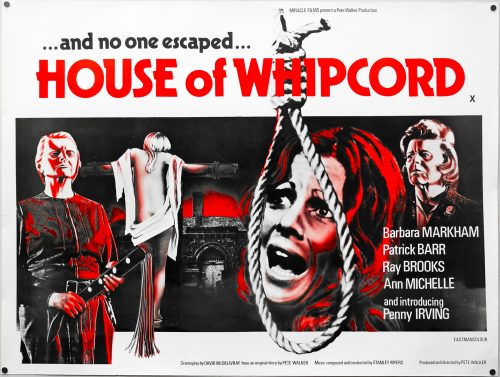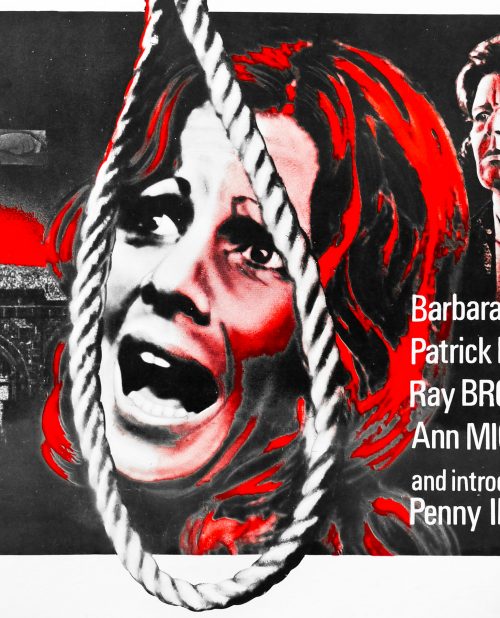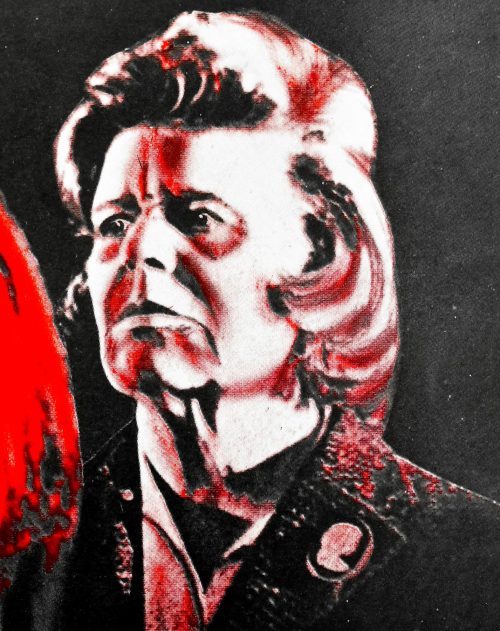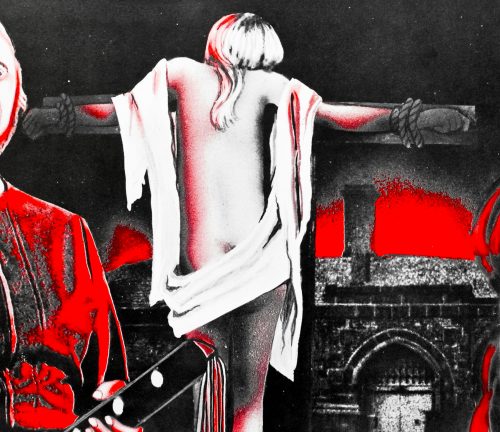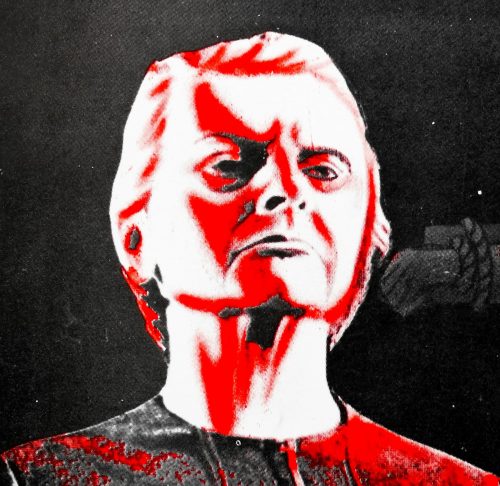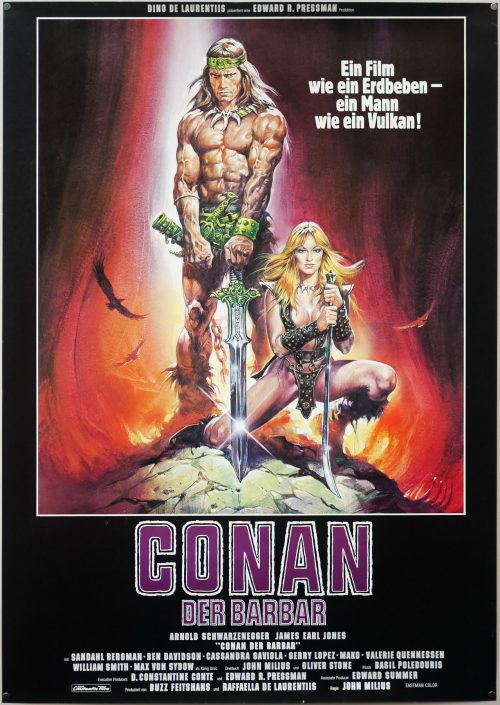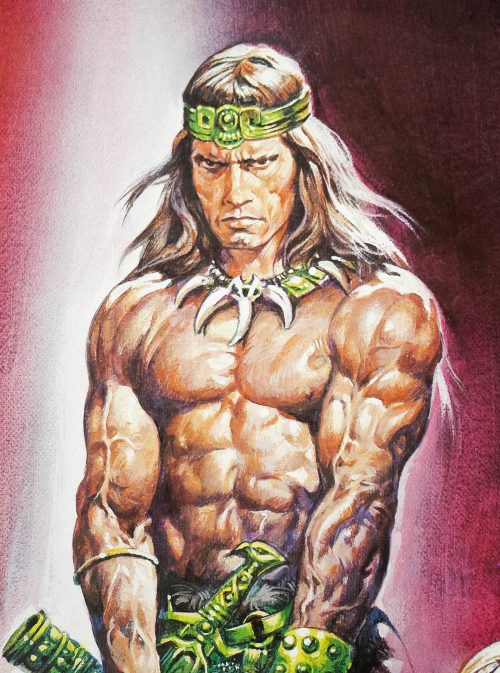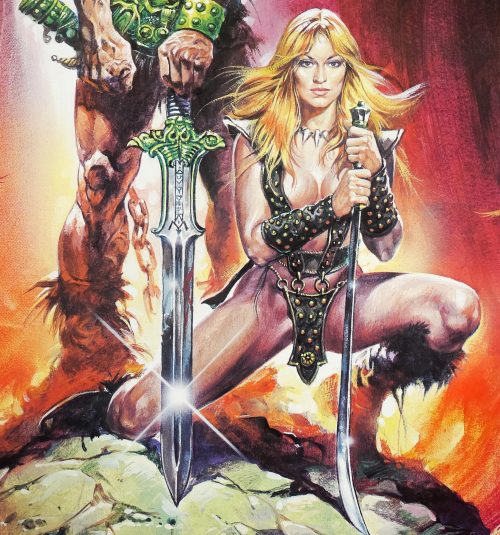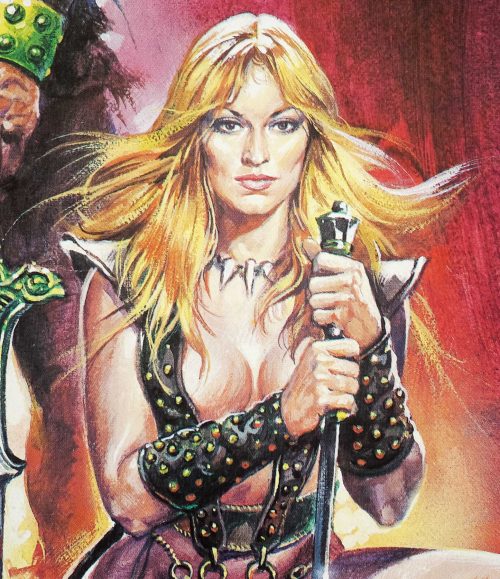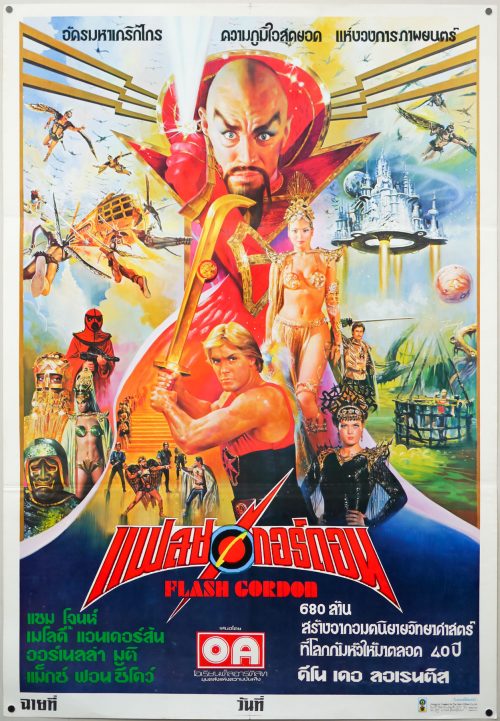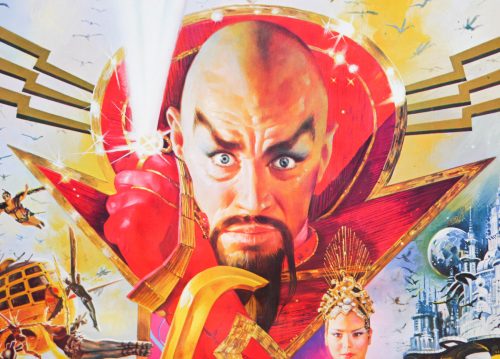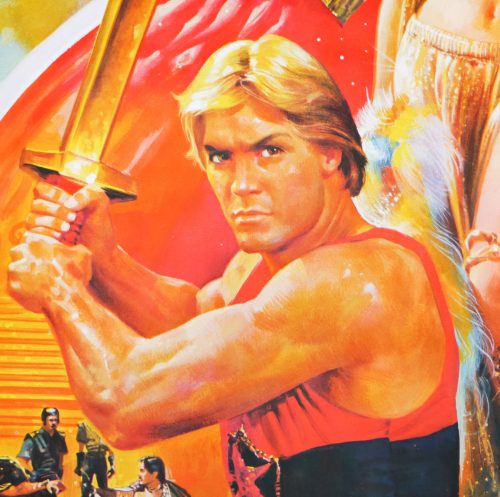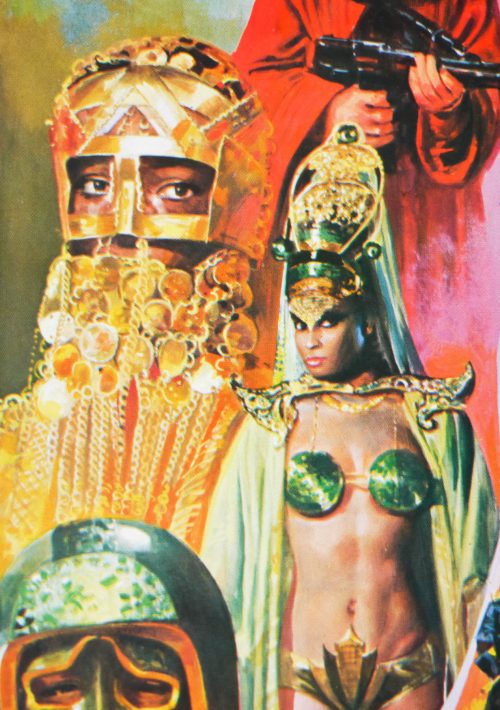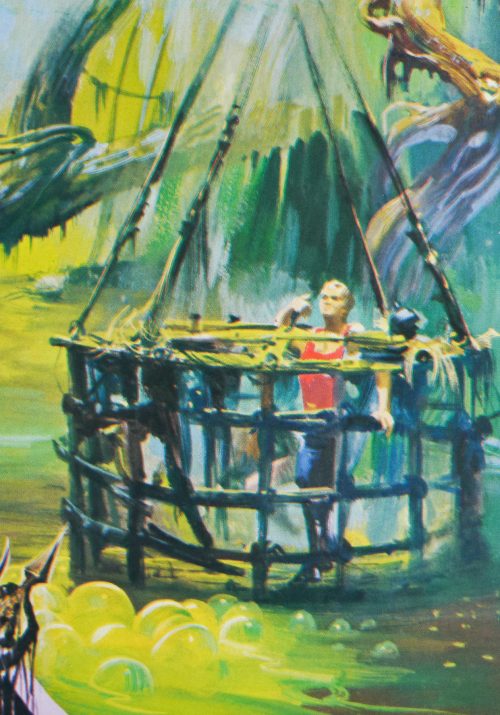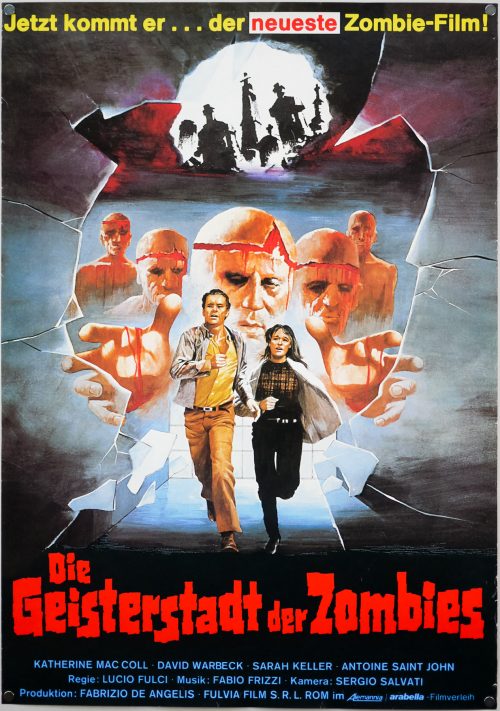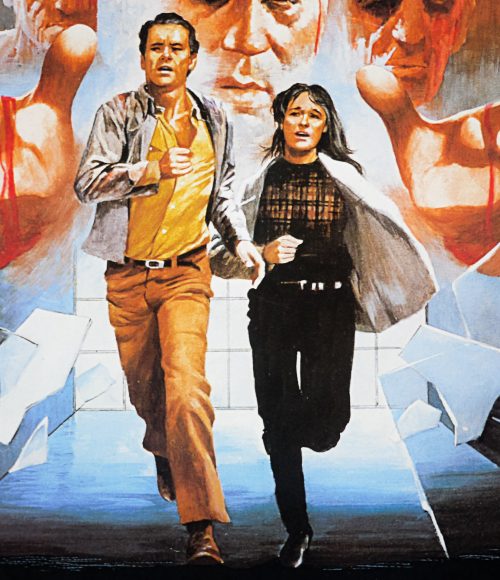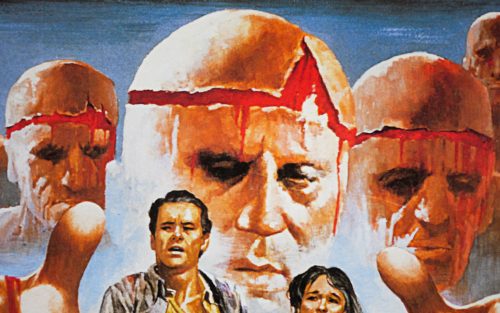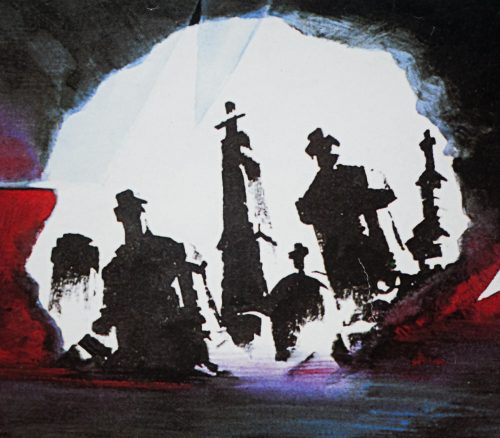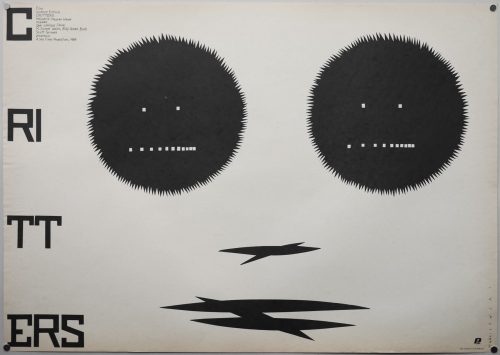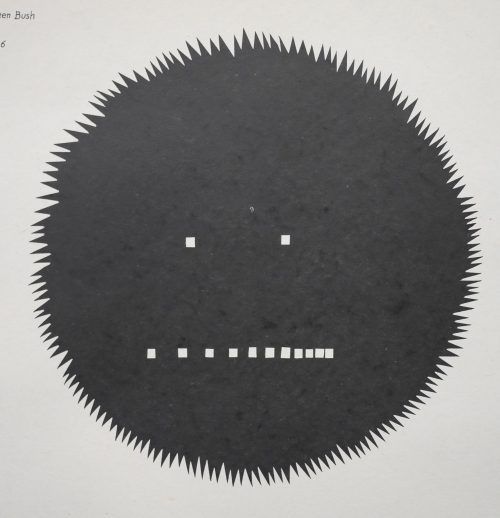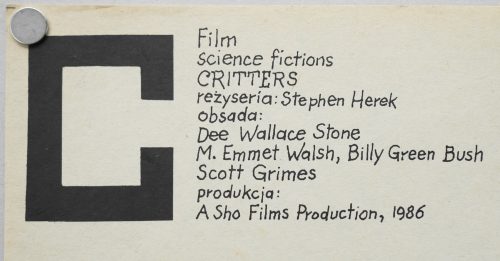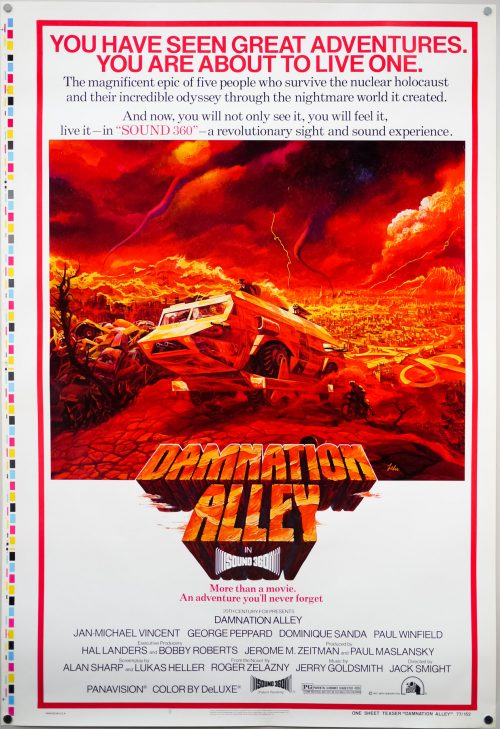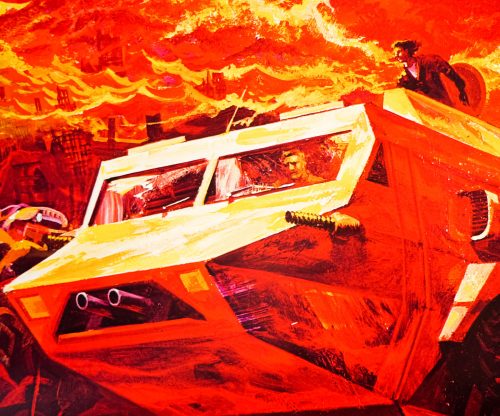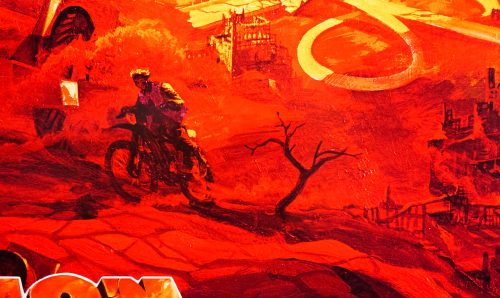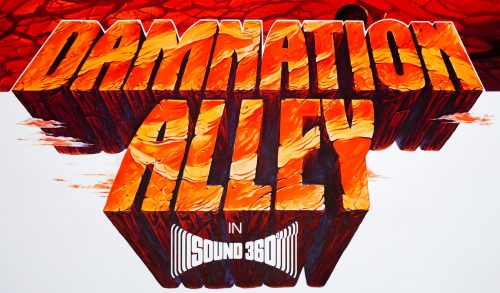- Title
- House of Whipcord
- AKA
- Stag Model Slaughter (USA - reissue)
- Year of Film
- 1974
- Director
- Pete Walker
- Starring
- Barbara Markham, Patrick Barr, Ray Brooks, Ann Michelle, Sheila Keith, Dorothy Gordon, Robert Tayman, Ivor Salter, Karan David, Celia Quicke
- Origin of Film
- UK
- Genre(s) of Film
- Horror
- Type of Poster
- Quad
- Style of Poster
- --
- Origin of Poster
- UK
- Year of Poster
- 1974
- Designer
- Unknown
- Artist
- Unknown
- Size (inches)
- 30" x 39 13/16"
- SS or DS
- SS
- Tagline
- ... and no one escaped...
This is the original UK quad for the release of House of Whipcord from the British director, producer and writer Pete Walker, who specialised in exploitation pictures during the 1960s and 1970s. Walker started out making shoestring budget sexploitation pictures, including School for Sex that were often relative hits in the UK, which worked out well for him since his films were almost always self-financed and thus most of the profits were his to keep and plough into the next feature. In the early 1970s, Walker grew tired of feeding the ‘dirty mack brigade’ and turned his hand to horror.
Whipcord is certainly one of the directors most memorable films and had a plot that was all but guaranteed to rile certain sections of the British press at the time of release. The film begins in London and focuses on young French model Ann-Marie Di Verney (Penny Irving) who has moved to the capital and has started to pose in nude photoshoots. One evening she is seduced by a mysterious character named, rather ominously Mark E. Desade (played by Robert Tayman) and a relationship develops between the pair. Sometime later Mark invites Ann-Marie to ‘visit his parents’ who live out in the country and only when she arrives does she realise that it was all a ruse to get Ann-Marie into a secret illegal prison which is being ruled over by his unhinged mother Mrs Wakehurst (Barbara Markham) and three ‘guards’, including the sadistic Walker (a memorable performance from regular collaborator Sheila Keith – note the character name!)
Mrs Wakehurst is a former school mistress whose corrupt regime led one of her charges to commit suicide but, believing she did nothing wrong and that lax morals led to the corruption in the school, she seduced the judge who was trying her, Justice Bailey (Patrick Barr), and managed to escape sentence. She then persuaded him to set up what he believed would be a private correctional institute in which ‘girls with loose morals’ would be ‘reeducated’ properly and then let back into the world. As Ann Marie and other inmates discover, the truth is far more horrifying.
The film was critically mauled over here but did solid business in cinemas and was later released in US cinemas through AIP. I’m unsure who is responsible for the design and artwork on this poster so if you have any ideas please get in touch.
The original trailer can be viewed here.
